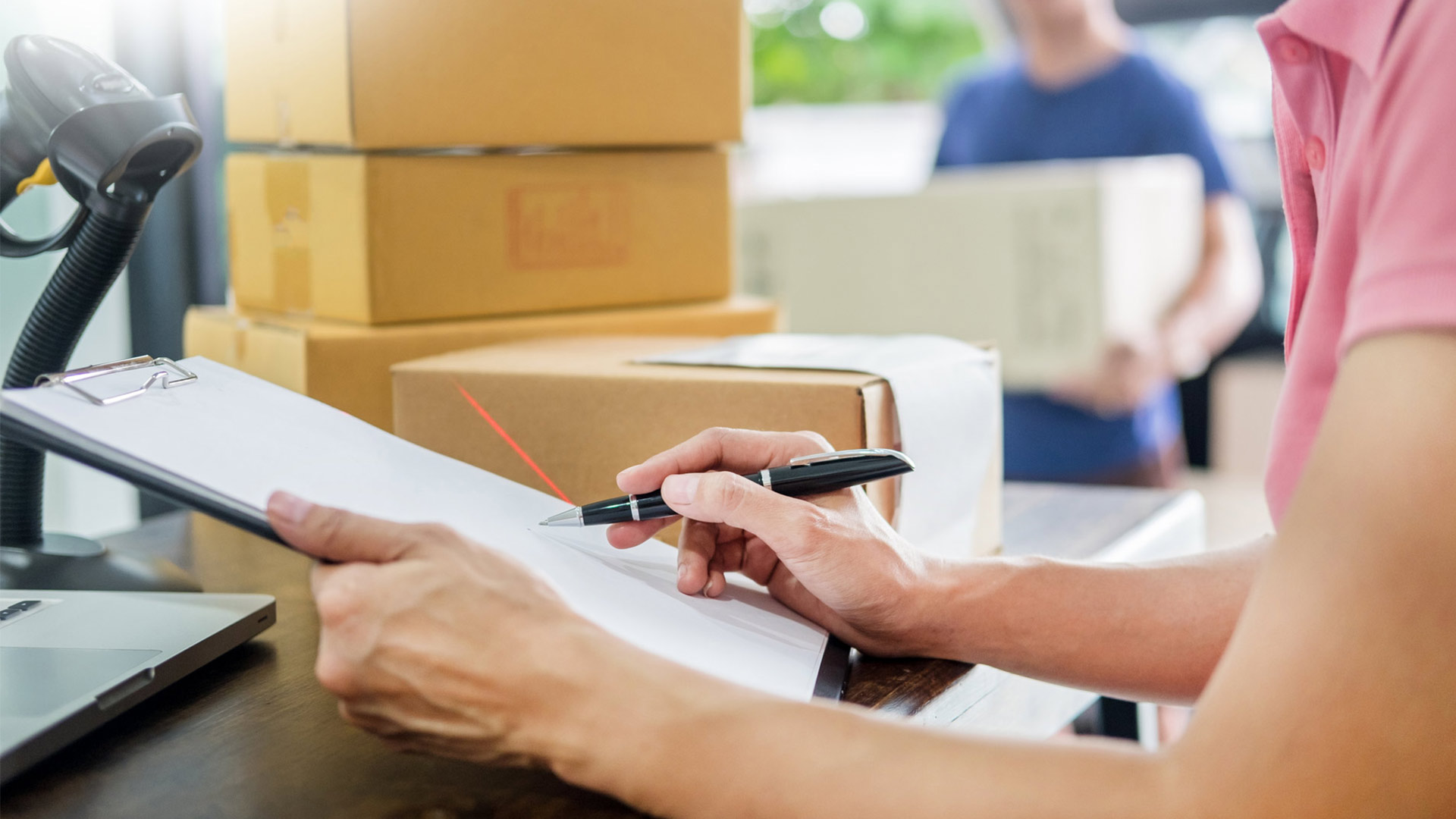As inflation’s bite lingers and big box retailers dig themselves out of massive inventory gluts, Amazon’s latest earnings report looked like an anomaly. While the company recorded a 4% decline in its online sales, it clocked a 9% increase in revenue from third-party seller services (warehousing, packaging, and delivery).
In a deteriorating economic climate, nearly a million Netflix customers have canceled their subscriptions. Meanwhile, Amazon said its Prime membership revenue, which includes its video streaming service, surged 14% in the second quarter.
What to make of all this? Amazon, which benefited from the pandemic lockdown of 2020-2021 with its delivery service, is now benefiting from its role as the low-price leader. That would seem to be consistent with a recent survey by First Insight that found 80% of consumers have less confidence to spend. The overwhelming majority believe high prices will prevail for at least the next six to 18 months, and 79% believe we may already be in a recession, a number high enough to suggest a self-fulfilling prophecy.
Although inflation might be easing and jobs plentiful, the pain isn’t going away anytime soon. For the foreseeable future, pricing strategy will be retailers’ top concern and should be the focal point of customer research.
For consumers we surveyed, the leading culprit is food prices, deemed a priority by 59% of respondents versus only 10% for apparel, footwear and accessories. In June, the average American household spent $460 more a month for the same basket of essential goods and services than in 2018 and 2019, according to Ryan Sweet, senior economist with Moody’s Analytics.
The extent of the squeeze showed up in Adobe’s most recent Digital Price Index, which found that online prices in July were down 1% from a year ago, and down 2% from June, the first time prices have declined instead of grown in 25 consecutive months.
The Index recorded year-over-year declines of 9.3% for electronics, 8.2% for toys, and 3.1% for jewelry. Meanwhile, grocery prices, which have increased for 30 consecutive months, surged 13.4% in July from a year earlier.
For the retail industry, the bottom line approaches a worst-case scenario. Discretionary spending on typically higher-profit items is in retreat. That suggests the important fall and holiday season could produce anemic results.
The so-called Great Resignation and retail hiring binge required to staff stores and warehouses during the pandemic is now such a burden to the bottom line that many companies are laying off workers.
E-commerce platform Shopify announced in July that it is cutting its workforce of 10,000 by 10%. Similar announcements have come recently from Victoria’s Secret, Stitch Fix, Warby Parker, and many others.
Today’s layoffs may come back to haunt retailers later when business picks up, says Craig Rowley of management consultancy Korn Ferry. “You have an unpredictable economy and an unpredictable customer,” he told ModernRetail.com. “The next year is not going to be a fun place to be for most leaders in all companies but particularly in retail.”
As I keep suggesting, the world will remain highly dynamic and the only way to plan purposefully is to get ahead of it, and not panic or overreact. How?
Well, it seems easy…ASK THE CUSTOMERS…they know. Collective intelligence has been around now for more than a decade and a half. Investment houses use it, banking uses it, manufacturing uses it and even governments use it…the time and tipping point for retail has come. Stop reacting and start anticipating.
Read the Full Article at Forbes.com
















